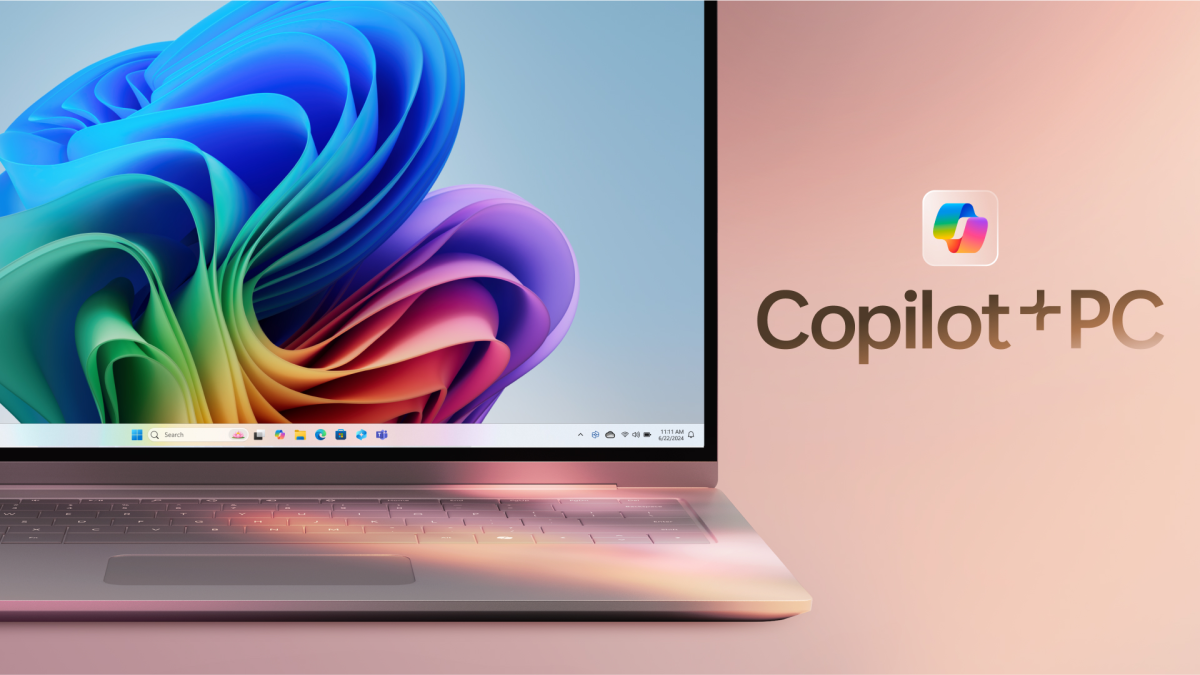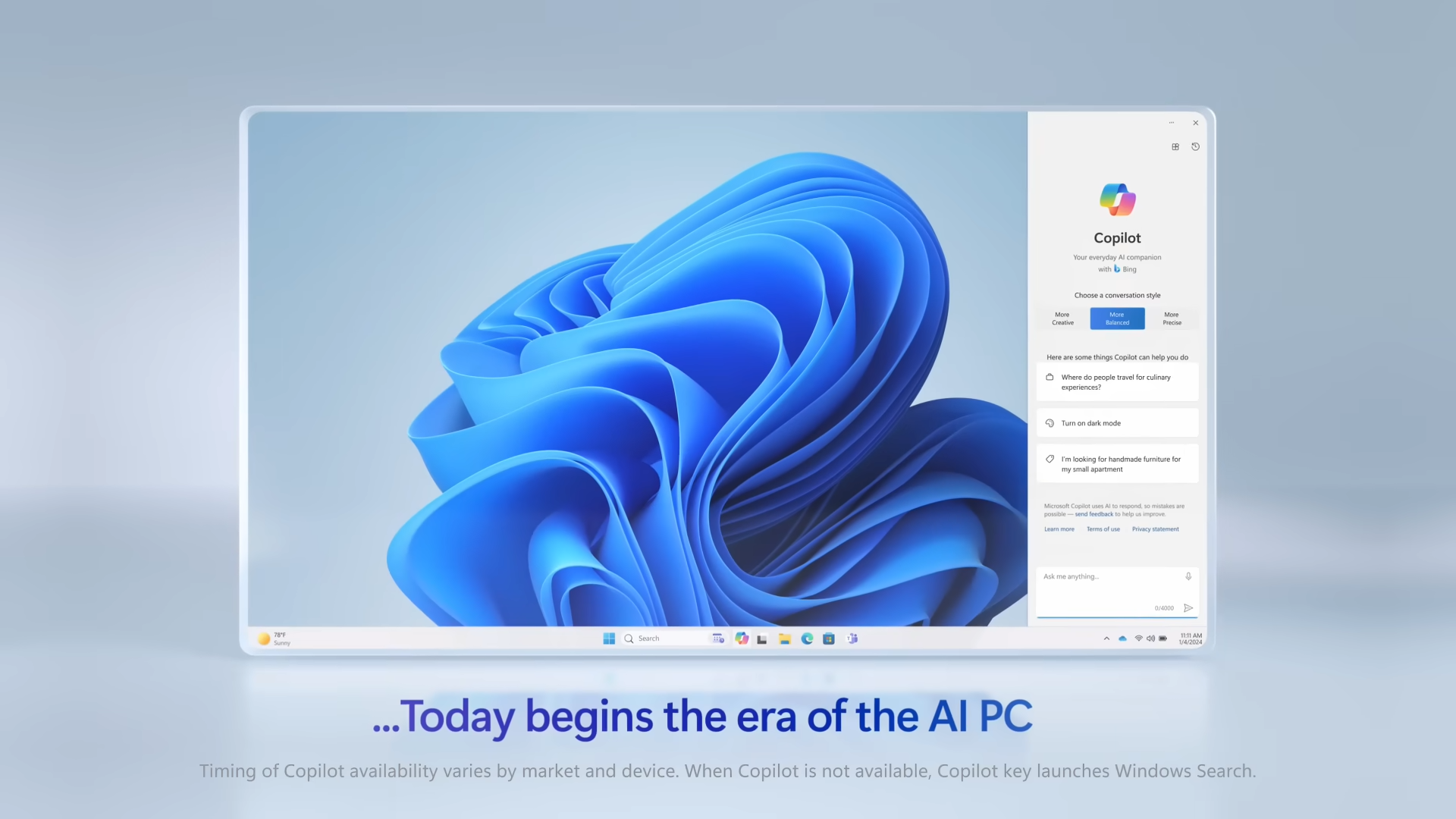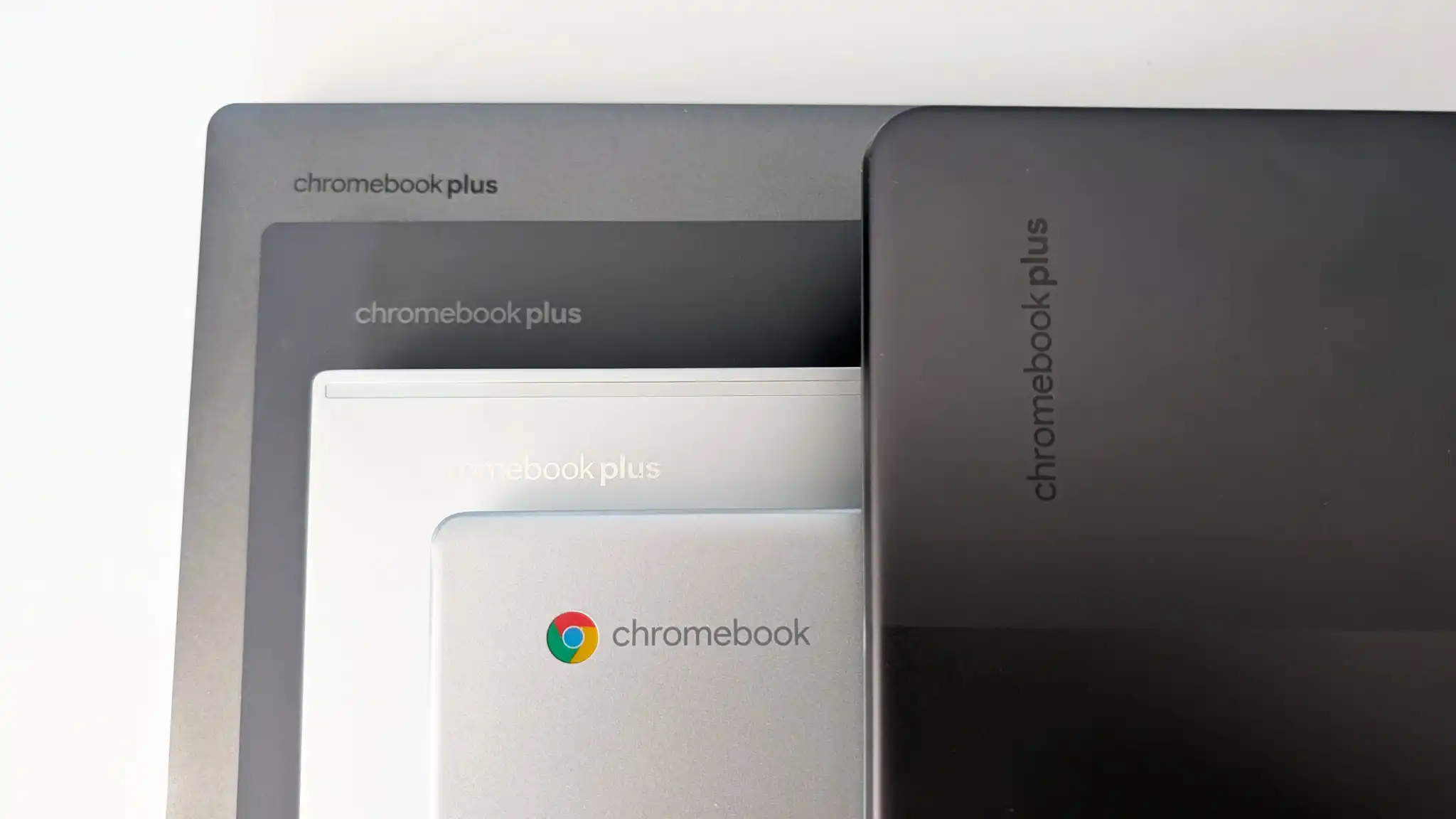“The year of the AI PC” got off to a false start.
Microsoft just announced a new wave of Copilot+ PCs. These PCs will have a bundle of extra AI features that use the neural processing unit (NPU) hardware built into the PC’s hardware for superpowered AI experiences, like Recall, powered by the PC’s local hardware — they’ll even work offline.
There’s just one problem: If you bought one of those “AI laptops” PC manufacturers have been selling for the first half of 2024 — the ones with neural processing units (NPUs) — you may be surprised to learn no existing “AI laptops” will be getting these new features.
That’s right, existing AI PCs with Intel, AMD, and Nvidia hardware aren’t getting Windows 11’s big AI features. Those neural processing units just don’t meet Microsoft’s hardware requirements.
Why ‘AI PCs’ aren’t ‘Copilot+ PCs’
PC manufacturers have been selling “AI PCs” for months. There are a variety of different “AI PCs” you can buy right now:
- Laptops with Intel’s Meteor Lake-powered “Core Ultra” CPUs are being proudly branded “AI PCs.” Intel’s Meteor Lake platform includes an NPU. Many of these laptops have Microsoft’s Copilot keyboard key, too.
- AMD has its own “Ryzen AI” hardware in a variety of PCs, too.
- Gaming laptop manufacturers are advertising so-called “AI gaming laptops” with powerful Nvidia GPUs — just the standard Nvidia graphics hardware you’d find in a gaming laptop.
Microsoft seems to be pivoting away from the current “AI PC” branding. Instead, the company is pushing the “Copilot+ PC” certification. Only PCs with this certification will get the new AI features Microsoft is showing off for Windows 11. To be branded a Copilot+ PC, a PC will need to meet these minimum requirements:
- A neural process unit (NPU) with at least 40 trillion operations per second (TOPS) to run the AI models.
- 16GB of RAM and 256GB of storage to make room for the AI models.

Microsoft
That NPU requirement is the big deal. Intel’s Meteor Lake NPUs only go up to 10 TOPS, while the NPUs in AMD’s Ryzen platform deliver up to 16 TOPS.
The initial wave of Copilot+ PCs launching in June 2024 will be powered by Arm-based Qualcomm Snapdragon X Elite and Snapdragon X Plus processors. These systems have NPUs that can deliver 45 TOPS.
Neither Intel nor AMD has an NPU that meets Microsoft’s Copilot+ requirement today. And neither company will have an NPU that meets these requirements at launch in June, either — both companies are getting left in the dust by Qualcomm, although they have announced plans to deliver faster NPUs that meet the requirements in the future.
Why ‘AI gaming laptops’ aren’t getting AI features, either
What about those “AI gaming laptops” with Nvidia hardware? Well, a powerful GPU is a speedy way to run AI models. But it’s not very power efficient: It would be a big hit to battery life, and it would get in the way of gaming and using your GPU for anything else. That’s why the new Windows AI features — many of which run continuously in the background — can only use an NPU.
In the future, an AI gaming laptop with a future NPU from Intel or AMD will likely be able to run these AI tools and meet the “Copilot+ PC” requirements. But that will require the right hardware from Intel or AMD — it doesn’t matter how fast the Nvidia graphics hardware is. The built-in Windows features need an NPU and can’t use your GPU.
It’s no surprise that Nvidia is pushing “Premium AI PCs” and bragging about how its graphics cards can handle upwards of 100 TOPS. But that won’t help with the AI features built into Windows.

Chris Hoffman / Foundry
When will Intel and AMD deliver faster NPUs?
Intel and AMD aren’t shipping fast-enough NPUs yet, but these companies say they will soon. Intel’s upcoming Lunar Lake hardware and AMD’s Strix hardware will boost NPU performance, bringing future Intel- and AMD-powered laptops up to the minimum requirement. Then, those traditional x86 PCs will be able to run all those new AI features in the latest version of Windows 11.
That’s a big deal, and it will open a lot of options for people. It also means all these impressive-sounding local AI features will one day run on future powerful gaming laptops — using the Intel or AMD NPU, naturally, even if the system has Nvidia graphics hardware.
Intel says its Lunar Lake processors will arrive starting in the third-quarter of 2024, so laptops should be available for the holiday season. Expect to see AMD launch its own Strix hardware sometime in 2024, too — AMD hasn’t announced a specific timeline yet.
Trending for you

Here’s what’s happening to existing ‘AI PCs’
The AI future looks bright for Intel and AMD laptops. But what about the present?
You may have already purchased an “AI PC” this year, or you may encounter “AI PCs” for sale later in the year — after all, laptops don’t vanish from the virtual shelves immediately. They’ll end up on sale, often for a great price, with people buying them for years to come.
Ultimately, these laptops aren’t losing anything. They still have NPUs — technically, even if Microsoft thinks they’re too slow to use for much. They still get access to tricks like Windows Studio Effects for webcam effects like background removal and eye contact. Copilot will continue working normally like it will on any other non-AI PC. They can do anything they could do with that NPU at launch — which isn’t much.

Microsoft
But first-generation AI laptops weren’t “future proof” with their slow NPUs. They’re not getting the new AI features Microsoft is so proud of. That’s a shame, but it’s a reminder of something important when buying PCs or any other type of technology: Buy hardware based on what it can do today, not what it might be able to do in the future.




